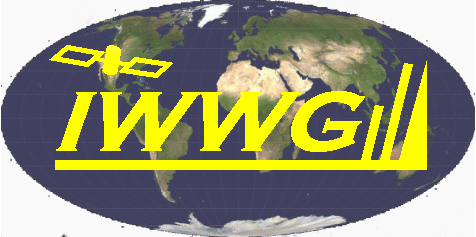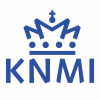Expanding NOAA’s Atmospheric Motion Vector (AMV) Capabilities Toolbox
NOAA continues to expand its Atmospheric Motion Vector (AMV) capabilities toolbox. Numerous updates have been made to its operational winds algorithm to improve its suite of operational GEO and LEO AMVs. In light of the GOES-17 Advanced Baseline Imager (ABI) cooling system anomaly, cloud height and winds retrieval algorithm mitigation strategies have been developed for use during times when GOES-17’s ABI Focal Plane becomes excessively warm. Retrieval algorithm mitigations involve the use of alternative ABI bands when retrieving cloud heights and feature displacements. A new stereo winds capability has been developed and integrated together with NOAA’s nested tracking algorithm. Stereo observing enables the retrieval of AMVs with accurate geometrically determined height assignments that are NWP model independent. The stereo approach has been successfully applied to GOES-17/16 ABI and GOES-17 ABI/Himawari-8 Advanced Himawari Imager (AHI) measurements and serves as a powerful mitigation strategy for the GOES-17 ABI cooling system anomaly. Work has been done to characterize the performance of GOES-16/17 AMVs generated with these latest capabilities using available reference/ground truth wind measurements and through case studies. Work is also in progress to assess the impacts of these enhanced capabilities on numerical weather prediction. A number of AMV research and demonstration activities are ongoing at NOAA’s Cooperative Institutes that further enhance NOAA’s AMV capability toolbox. These activities include: 1) Processing strategies aimed at enhancing AMV coverage to in the vicinity of Tropical Cyclone (TC) vortices and their nearby environments, 2) Generation of a new NOAA-20/S-NPP Dual VIIRS Winds Product; 3) Generation of new VIIRS wind types derived from the VIIRS SWIR (2.25um) and day-night bands; and 4) Exploration of optical flow approaches for deriving winds from high spatial/temporal GOES-R Series ABI Imagery. These expanded capabilities will be introduced.






